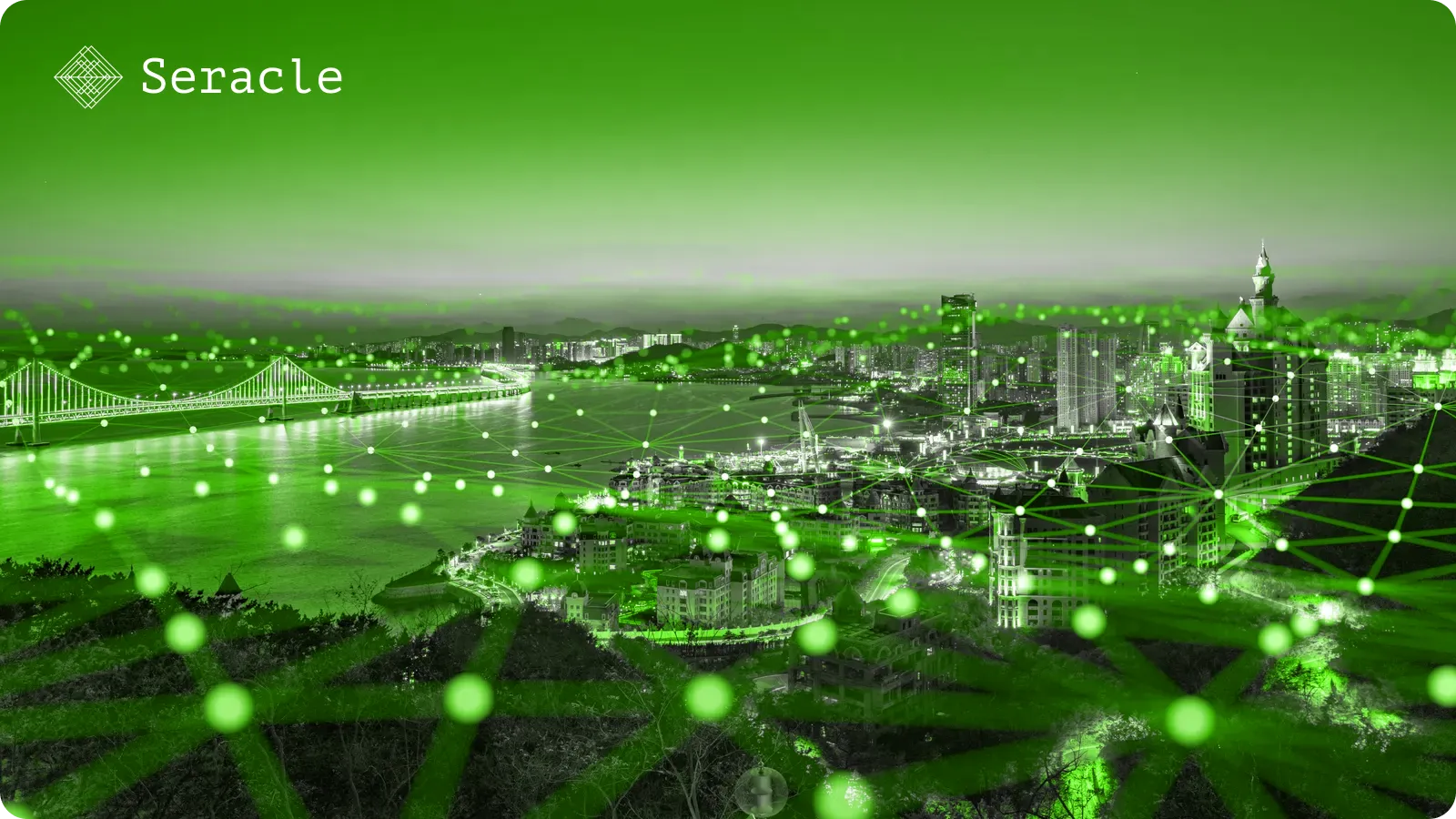Decentralized Node Infrastructure with DePIN: Accelerating Blockchain Adoption
Introduction
Web3’s goal is to alter the digital ecosystem through the introduction of decentralized technologies that empower users, developers, and communities. The advent of decentralized node infrastructure, the backbone of Web3 applications, is a critical component of this revolution. In this blog, we’ll look at how DePIN is redefining node architecture to make Web3 a reality.
The Need for Decentralized Node Infrastructure
Traditional web services rely primarily on centralized servers and cloud providers, exposing them to censorship, single points of failure, and data breaches. Decentralized node infrastructure addresses these issues by distributing computational workload across a network of nodes, reducing reliance on a single entity, saving money, and improving security; all of these factors encourage aspiring developers to build Web3 applications without worrying about infrastructure.
The report showed that while the rate of change varies by region, companies by and large are planning a more decentralized data architecture strategy in the coming months. With the increase in demand from the business side of an organization, rigorous development is needed which has to be done at a certain speed and efficiency. And this is where a technology like decentralized node infrastructure can fill the gaps whilst incentivizing the operators and contributors at the same time. These innovative networks harness the power of blockchain technology to transform the way we build, manage, and utilize physical infrastructure, paving the way for a more resilient, equitable, and community-driven digital ecosystem.
DePINs: The new pillar in Web3
At the heart of DePINs lies the concept of tokenized incentives. By leveraging blockchain-based tokens, DePINs empower individuals and communities to contribute to the development and maintenance of physical infrastructure, such as telecommunications networks, cloud services, and renewable energy grids. This collaborative approach fosters a sense of ownership and shared responsibility, ensuring that the benefits of infrastructure extend beyond traditional centralized entities.The decentralized approach eliminates the need for intermediaries, fostering transparency, efficiency, and resilience. Additionally, DePINs promote democratization, empowering individuals to participate in the decision-making processes that shape the infrastructure they rely on.
Real-World Applications of DePINs
The potential applications of DePINs are vast and far-reaching. Consider the following industries where DePINs can be utilized:
Decentralized telecommunications:
DePINs could enable the creation of community-owned and operated 5G networks, providing affordable and reliable connectivity to underserved regions.
Edge computing:
DePINs could facilitate the deployment of edge computing infrastructure, enabling real-time data processing and analytics closer to the source, reducing latency and improving network performance.
Renewable energy grids:
DePINs could empower communities to collectively own and manage renewable energy microgrids, promoting energy independence and sustainability.DeFi Services: Decentralized Finance (DeFi) platforms rely on a robust and secure node infrastructure. DePin can be utilized to support DeFi applications, ensuring uninterrupted and reliable services.
NFT Marketplaces:
Non-fungible token (NFT) marketplaces require a stable infrastructure for minting, trading, and showcasing digital collectibles. DePin’s decentralized node infrastructure can support NFT platforms, reducing downtime and enhancing user experiences.
Blockchain Gaming:
Online games with blockchain integration benefit from DePin’s ability to maintain stable and responsive node infrastructure. Gamers can enjoy seamless gameplay without disruptions.
Content Delivery:
Content delivery networks (CDNs) that operate on decentralized node infrastructure are less susceptible to DDoS attacks and can provide more reliable services for streaming and distributing content.
The Road Ahead for DePINs
As DePINs continue to evolve, grow and scale in the current digital ecosystem, it has the potential to reshape the very fabric of our digital infrastructure. The ability to bridge the gap between the physical and digital worlds will undoubtedly play a pivotal role in shaping the future of Web3.
The emergence of DePINs marks a significant step forward in the evolution of Web3, offering a decentralized, community-driven approach to building and managing physical infrastructure to individuals, developers and communities. As the technology matures, it will have the potential to revolutionize the way we interact with the digital world, fostering a more equitable, resilient, and sustainable internet for all.

